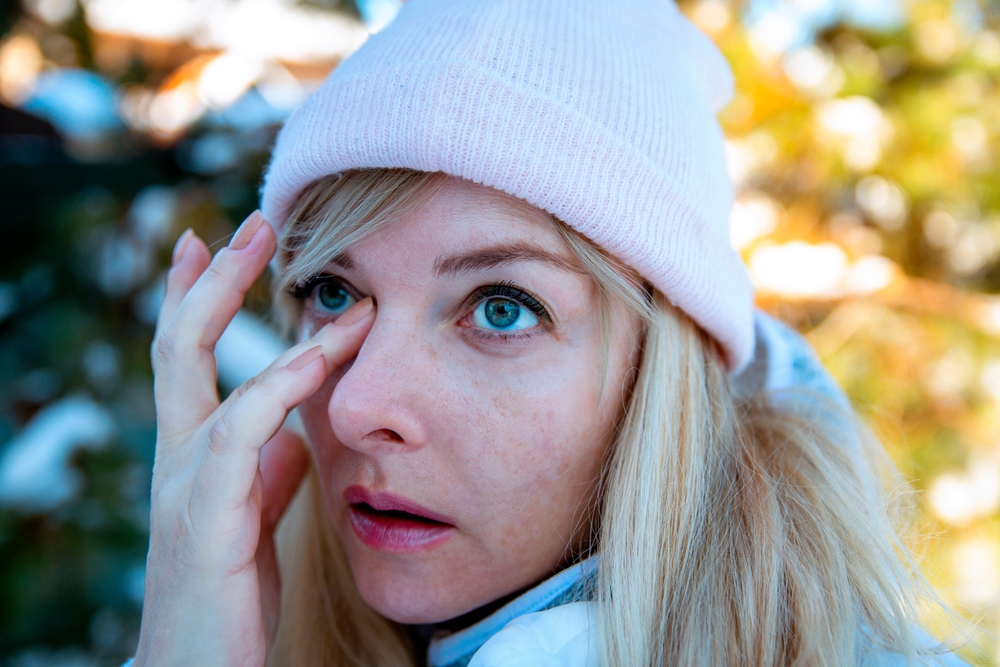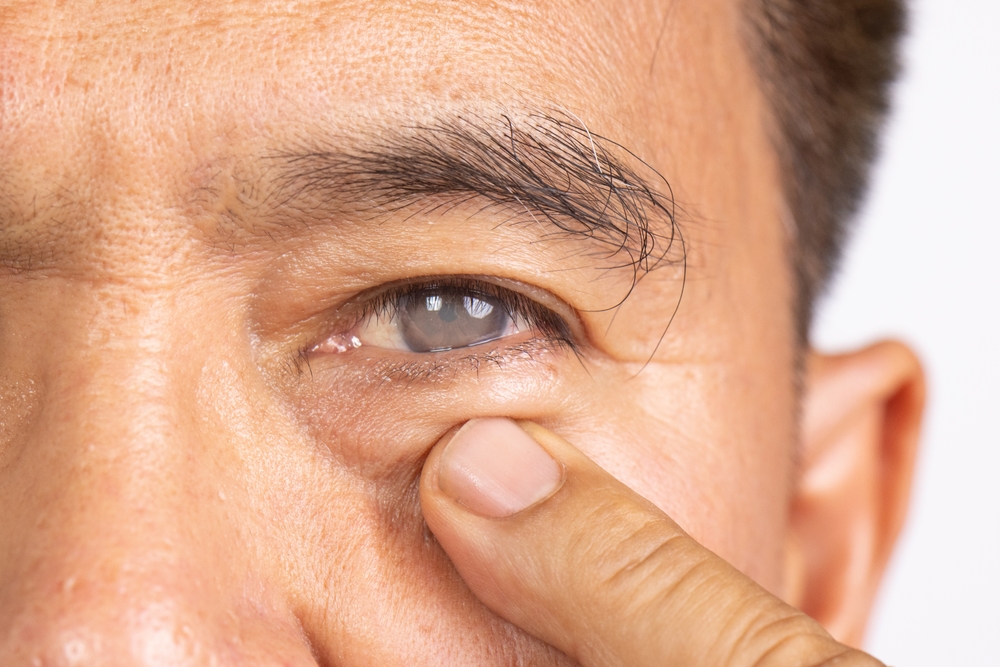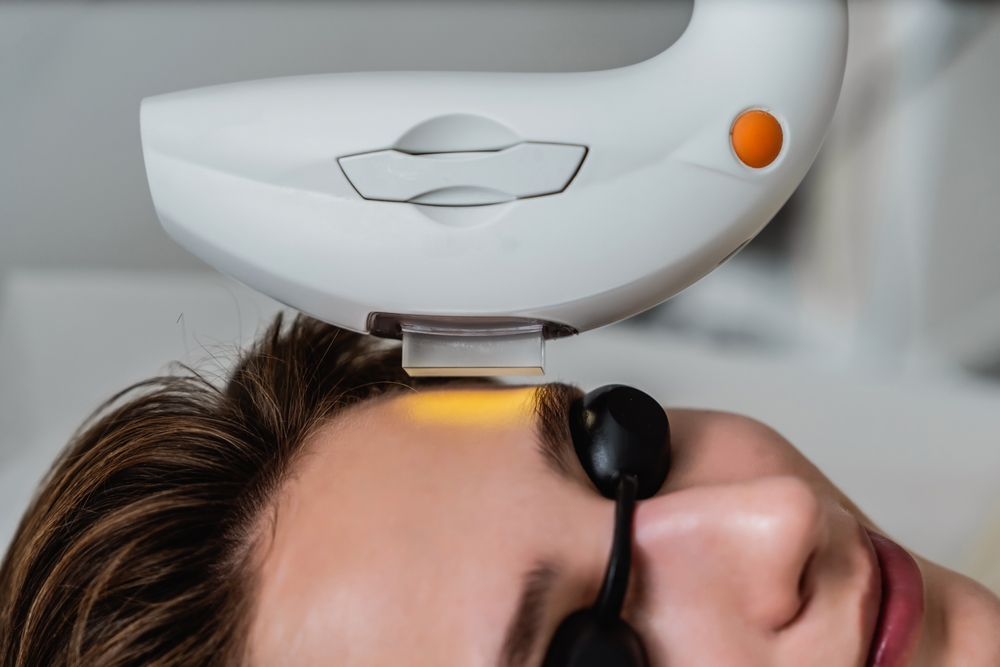Partners Pacific Optometry Blog
Learn more about optometrist care in our blog!

2025/11/19
As the temperature drops and the air becomes colder and drier, many people experience uncomfortable symptoms of dry eyes. Winter weather, along with indoor heating and wind exposure, can make these symptoms worse. Fortunately, there are several steps you can take to keep your eyes comfortable and protected during the colder months.

2025/09/19
When it comes to your eyes, one size doesn’t fit all. Every patient has unique vision needs, and custom lenses are designed to provide personalized solutions that enhance both comfort and clarity. By tailoring your eyewear to your lifestyle and prescription, you can experience sharper vision, reduced strain, and improved long-term eye health.

2025-10-30
As the weather cools and the air becomes drier, many people look forward to the beauty of fall. However, for those who struggle with allergies or dry eye syndrome, the change in season can bring discomfort.

2025-08-20
Dry eye disease can be a chronic condition that requires ongoing care. For many patients, intense pulsed light (IPL) therapy has become a powerful solution for managing symptoms and improving long-term eye comfort. But if you’ve started IPL treatments, you may be wondering: how often should you schedule sessions to keep your eyes feeling their best?

2025-07-24
Are your eyes constantly dry, irritated, or burning? For many, over-the-counter drops only provide temporary relief.

2025-06-23
If you suffer from dry, irritated, or burning eyes, you’re likely searching for more than just temporary relief. While over-the-counter drops and warm compresses can provide short-term comfort, they often fail to treat the underlying cause of dry eye.

2025-05-26
In Fountain Valley’s sunny, often breezy climate, dry eye symptoms are a common complaint, but did you know your diet could be contributing to the problem? What you eat plays an important role in keeping your eyes healthy and comfortable. At Partners Pacific Optometry, we help patients in Fountain Valley understand the connection between nutrition and dry eye, and offer targeted treatments when lifestyle changes aren’t enough.

2025-04-21
Dry eye syndrome is a common condition that affects millions of people, often caused by meibomian gland dysfunction (MGD), which reduces oil production in the tear film and leads to faster tear evaporation. At Partners Pacific Optometry, we offer Intense Pulsed Light (IPL) therapy to address the underlying inflammation and improve long-term tear stability.

2025-03-28
If you live in Fountain Valley or anywhere nearby, you know how our coastal winds and dry air can make eyes feel gritty, irritated, and downright uncomfortable. Many of our patients at Partners Pacific Optometry have been struggling with dry eye symptoms for years, trying everything from artificial tears to warm compresses with little to no lasting relief. We offer a treatment that’s changing lives: OptiLight IPL (Intense Pulsed Light) Therapy.

2025-02-19
Many people turn to artificial tears to alleviate dry eye symptoms, but improper use can limit their effectiveness. Understanding the best way to use tear-simulating eye drops can help you achieve maximum relief. Additionally, if eye drops alone aren’t providing enough comfort, advanced treatments like intense pulsed light (IPL) therapy may offer a more long-term solution.










